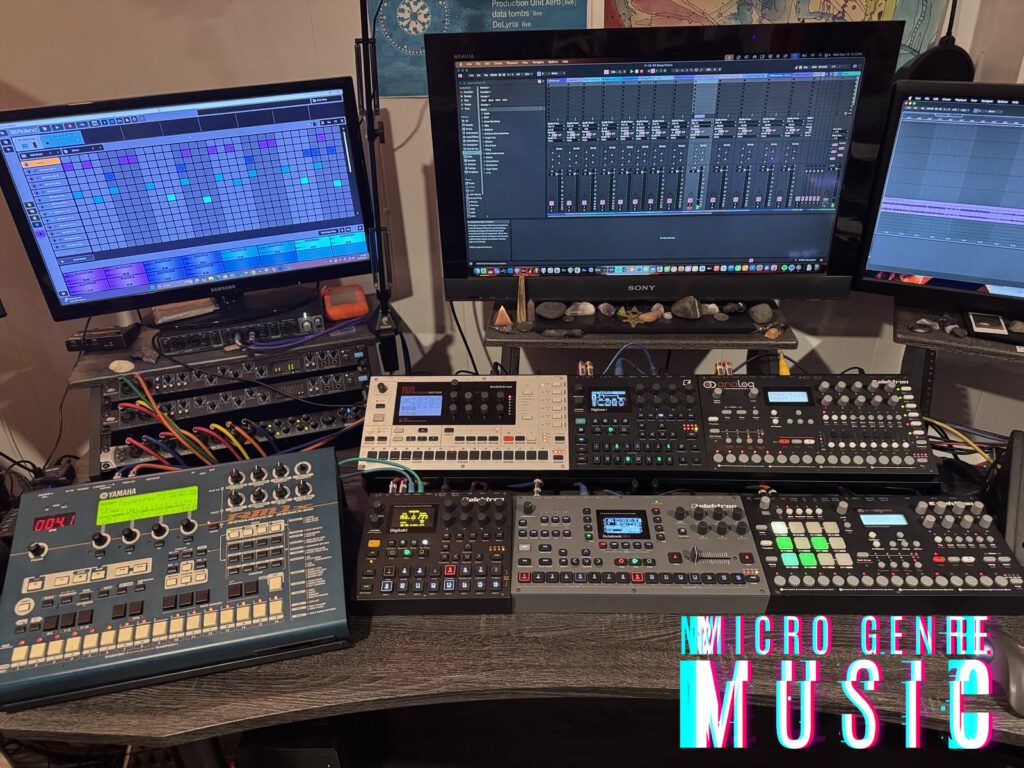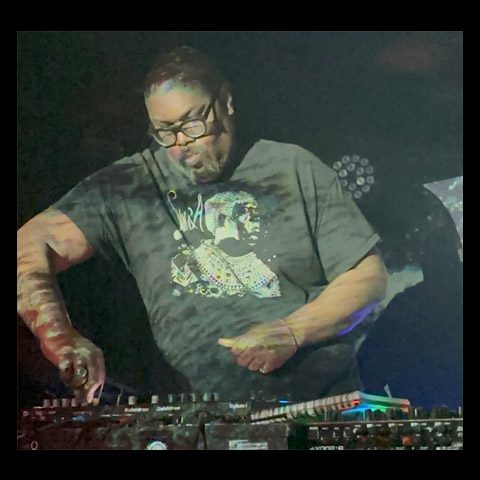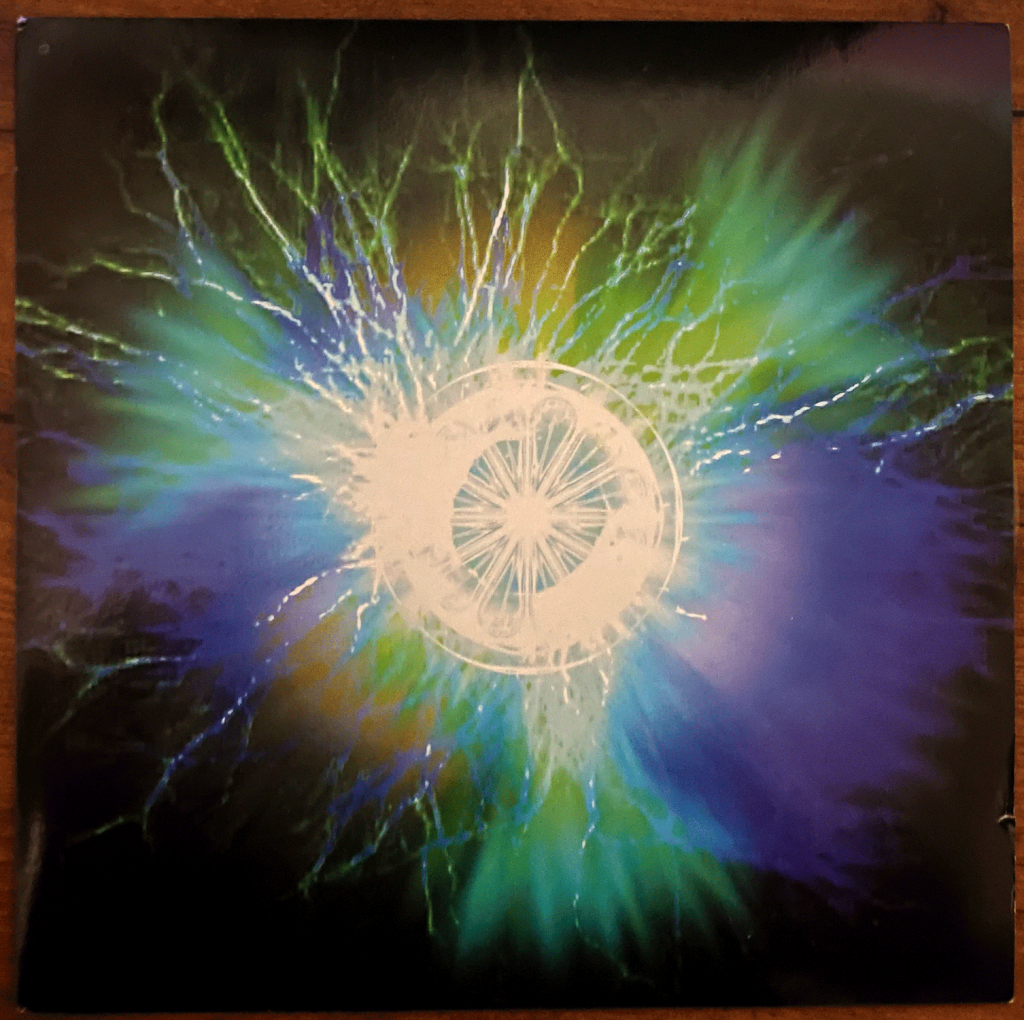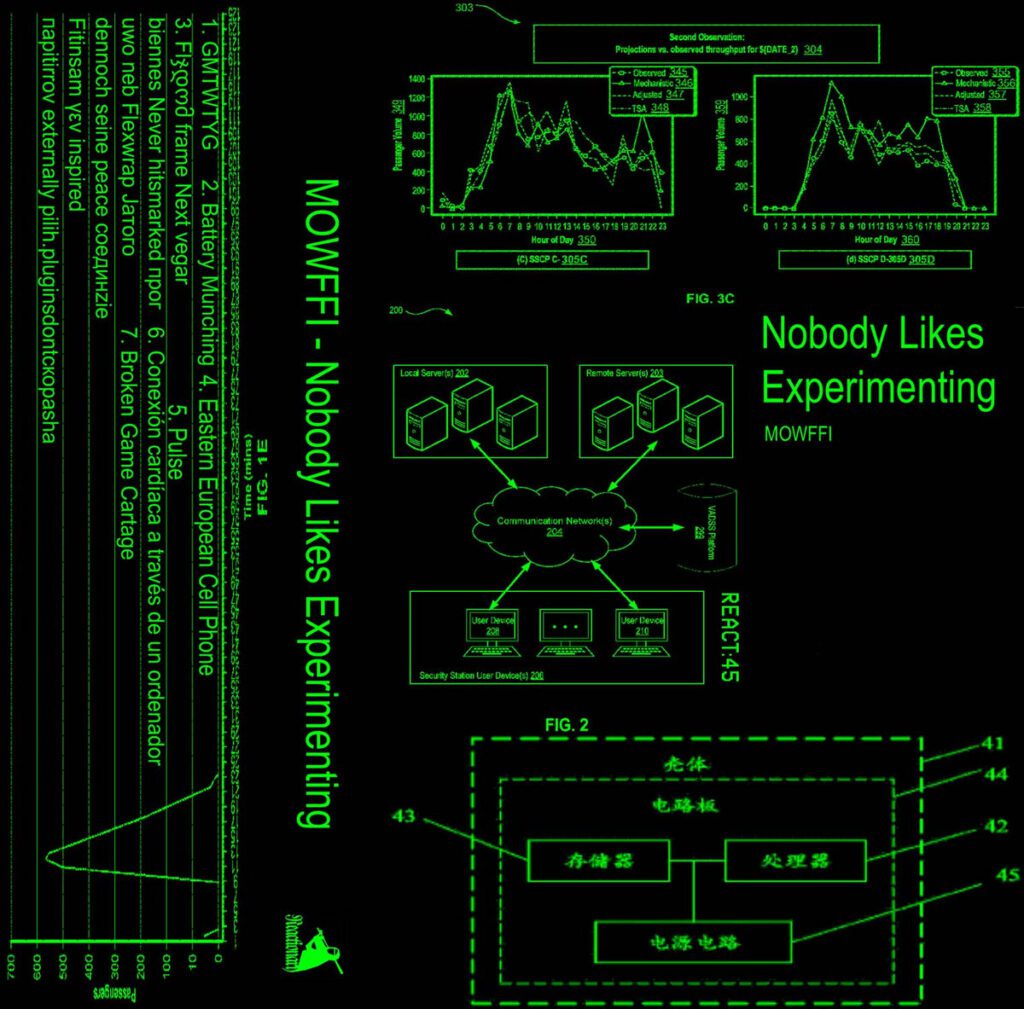What is a Groovebox?

What is a Groovebox?
OK, so let’s actually ask the big question here: What is a groovebox? People throw the term around all the time, but it has a pretty specific origin. The idea really kicked off in the mid-to-late ’90s when Roland released the MC-303. That was the first machine to actually call itself a “Groovebox,” and it set the template for how people still think of these devices.
A groovebox is basically a single, self-contained piece of hardware with multiple tracks inside it. Those tracks can be synthesizer parts, drum parts, full drum kits, whatever the machine allows. Each track has its own sequencer, and the whole point is that you can sit down, turn the thing on, and build a groove without needing a laptop, a DAW, or racks of gear. It’s all in one box—hence the name.
You pick your sounds, you program your patterns, and suddenly you’ve got a whole track running from one unit. That’s the heart of it.
What’s the “Best” Groovebox?
Someone asked me once what the best groovebox is—the most handy, the most practical. Honestly, that’s a tough question. It depends on what you’re trying to do.
I recently checked out the Yamaha RM1x, one of the classic late-1990s entries. My bandmate and good friend noyouyesme swears by it. It’s a ROMpler with a massive collection class 2000s sounds and unique features like MDI effects and 256 measure pattern lengths.
But if I really had to choose, I’d say the Elektron Octatrack is my ultimate groovebox. It’s a sample with no preset sounds, which some would say brings it out of groovebox territory. But, it has 8 tracks of samples and 8 tracks of midi sequencing, tons of effects and modulation and one of the best sequencers in the game.
Grooveboxes I Want to Try
I’m pretty spoiled with grooveboxes right now, the elektron workflow is second nature to me, but there are still some I’m curious about. The Roland TR-1000, for example—I really want to sit with one and see what it does and if it’s worth the hype.
Technically it’s marketed as a drum machine, not a groovebox, but the lines get thin here. You can build melodic parts on it, sequence samples, and push it into synth-like territory. So what’s the difference? At a certain point, the categories start bleeding into each other.
Grooveboxes on Albums
In a bigger sense, most modern music is built around the groovebox concept whether anyone calls it that or not. Programs like Reason, FL Studio, and Ableton Live were all designed around that same idea: tracks, sequences, synths, drums, effects, all in one environment. They’re basically grooveboxes in computer form. Laptops are way cheaper now than half the hardware I’ve mentioned, and you can download tons of software – some of it totally free – and get the same instruments and sequencing power people used to buy whole machines for.
But off the top of my head, I’d say Autechre’s Untilted. I know for sure they used the Monomachine and the Machinedrum – classic grooveboxes, and you can hear that mechanical precision all over the record.







![Ambient Dairies Vol. 2 [HTX148] - Production Unit Xero](https://microgenremusic.com/wp-content/uploads/2025/12/a1688230608_10-1024x1024.jpg)

